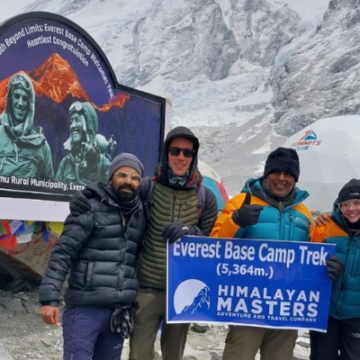
How Far Is Everest Base Camp from Kathmandu?

Table of Contents
The journey to Everest Base Camp (EBC), a highly sought-after destination, starts from Kathmandu, the capital city of Nepal. EBC is located approximately 200 kilometres northeast of Kathmandu, but reaching there involves crossing through rugged terrain. Therefore, various options are available to travellers, including domestic flights combined with trekking, helicopter flights, or alternative trekking routes combined with peak climbing adventures.
Have you ever wondered how many miles the hike to Everest is, stretching across the rugged Himalayan terrain? Below, we’ll explore Everest Base Camp’s distance from Kathmandu and the different travel options.
One of the most popular routes is the standard Everest Base Camp trek itinerary, which combines a domestic flight and trekking. The journey begins with a breathtaking scenic flight from Kathmandu to Lukla, the gateway to the Everest region, covering an aerial distance of 138 kilometres. From Lukla, trekkers start a 65-kilometer trek to reach Everest Base Camp, which typically takes around eight days to complete. This duration includes two days dedicated to acclimatization and a day of hiking to nearby attractions.
This trekking route allows travellers to experience the Everest region’s stunning landscapes and rich cultural heritage. Along the way, trekkers pass through picturesque villages, dense forests, and high mountain passes, providing ample opportunities for exploration and adventure. Additionally, the trek allows for gradual acclimatization to the altitude, ensuring a safe and enjoyable journey to Everest Base Camp.
How do you get to Mt. Everest from Kathmandu?
To get to Mount Everest from Kathmandu, you typically start by taking a flight to Lukla, a small town in the Everest region. The flight itself is an adventure as you fly in a small plane over the breathtaking Himalayan mountains. From Lukla, you begin your trek to Everest Base Camp, which takes about 10 to 14 days, depending on your pace and acclimatization needs. The trek passes through beautiful Sherpa villages, rhododendron forests, and high-altitude landscapes, offering stunning views. You’ll pass through Namche Bazaar, a bustling market town, and continue to higher altitudes, gradually acclimatizing to the thinning air.
As you near Everest Base Camp, the landscape becomes more rugged and the air thinner, making each step a challenge. Finally, after days of trekking, you reach Everest Base Camp, a temporary settlement of tents and climbers preparing for their summit bid. From here, climbers begin their ascent to the summit, a challenging and dangerous journey that requires skill, experience, and determination. The journey from Kathmandu to the summit of Everest is a test of physical and mental endurance, but for those who reach the top, the sense of achievement and the stunning views make it all worthwhile.
Kathmandu To Lukla Flight And Lukla To Everest Base Camp Trek
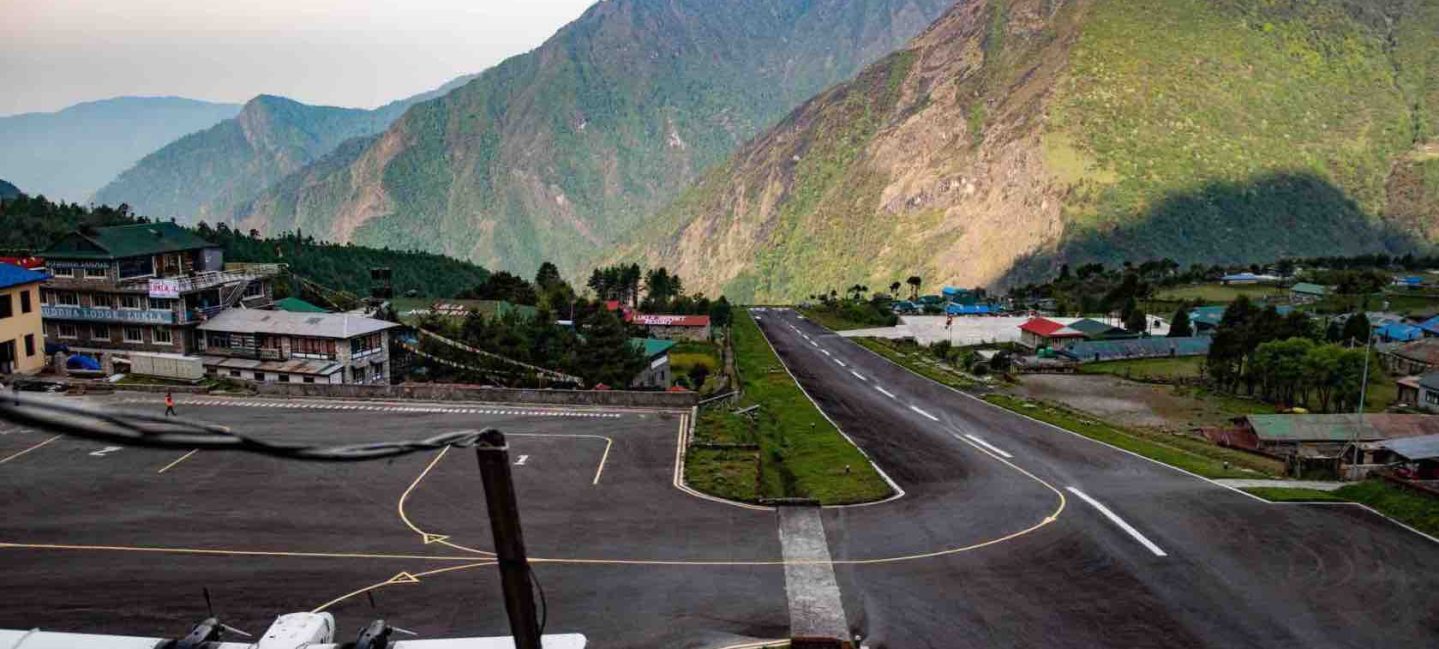
How far is Everest from Kathmandu? The journey to Everest Base Camp begins with a trip from Kathmandu to Lukla, the starting point for treks in the Everest region. Previously, all flights bound for Lukla departed from Kathmandu, serving as the starting point for treks to Everest Base Camp. However, a recent change in operations now sees flights to Lukla departing from Ramechhap instead. This shift was prompted by Kathmandu Airport’s need to manage increased air traffic.
During the nonpeak seasons of the Everest trek, which include winter (December, January, February) and monsoon (June, July, August), flights from Kathmandu to Lukla remain operational.
In contrast, during the peak seasons of autumn (September, October, and November) and spring (March, April, and May), flights to Lukla are routed from Ramechhap/Manthali. Ramechhap is located approximately 5 to 6 hours away from Kathmandu by road. Consequently, this change in flight routes adds an extra day to your itinerary, as you’ll need to wake up early, around 4 am, to embark on a private ride to Ramechhap.
Delays or cancellations can occur due to bad weather, airport congestion, runway conditions, and terrain challenges. Add one or two extra days to your trip to account for potential flight issues.
Upon arrival in Lukla, most trekkers begin their trek immediately, following the standard itinerary. The trek usually takes around eight days to reach Everest Base Camp, including two acclimatization days. As the trek ascends to higher altitudes above 4000m, it is essential to acclimatize appropriately before reaching the base camp of the world’s tallest mountain.
Distance from Everest base camp to summit
Many adventurers ask: What’s the distance from Everest Base Camp to the summit, where the ultimate challenge awaits? The distance from Everest Base Camp to the summit of Mount Everest is about 20 kilometres if you could walk in a straight line, but the actual hiking distance is much longer. Climbers must follow a winding path through treacherous terrain, including steep ridges, icy slopes, and deep crevasses.
The route is challenging and requires climbers to use ropes, ladders, and other climbing equipment to navigate safely. The altitude also plays a significant factor, as the summit sits at 29,032 feet (8,848 meters) above sea level, where the air is thin and oxygen levels are low. This makes the hike physically demanding and requires climbers to acclimatize properly to avoid altitude sickness.
If you want a short EBC trek, then the Everest Helicopter Trek is recommended.
How Many Days Does It Take To Walk From Lukla To Everest Base Camp?
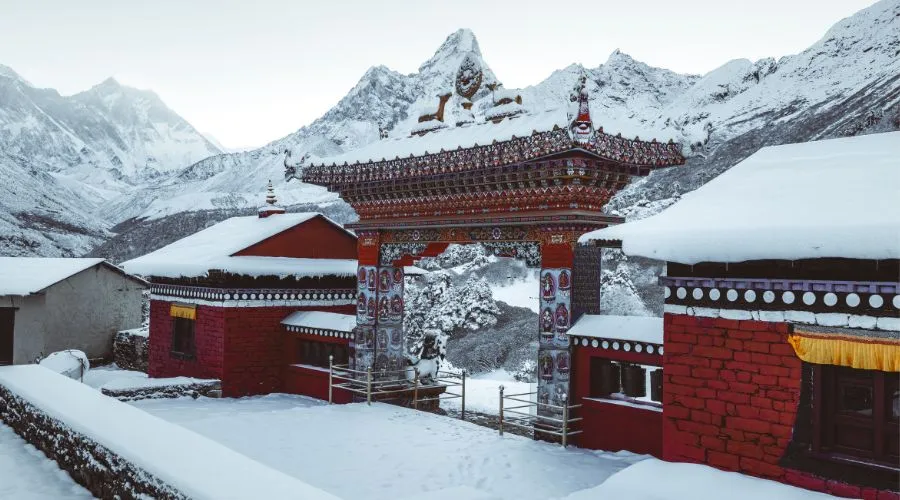
Walking from Lukla to Everest Base Camp typically takes about 8 to 10 days, depending on various factors such as weather conditions, individual fitness levels, and planned rest days. Let’s break down the journey into four detailed paragraphs for better understanding:
Starting from Lukla
The trek begins in Lukla, a small town with an airport serving as the gateway to the Everest region. From Lukla, trekkers embark on a scenic journey through the rugged terrain of the Himalayas. The initial days involve moderate walking as you gradually ascend through picturesque villages and lush forests. The trail offers glimpses of traditional Sherpa culture and stunning mountain vistas, setting the tone for the adventure ahead.
Ascending Through Namche Bazaar
As the trek progresses, trekkers reach Namche Bazaar, a bustling Sherpa town in the heart of the Khumbu region. Here, a rest day is often scheduled for acclimatization to the high altitude. Namche Bazaar serves as a trekking hub, offering a range of amenities, including lodges, shops, and bakeries. The surrounding trails provide opportunities for short day hikes, allowing trekkers to soak in breathtaking views of Everest and neighbouring peaks.
Pushing Towards Everest Base Camp
After resting in Namche Bazaar, trekkers resume their journey towards Everest Base Camp. The trail gradually becomes more challenging as you ascend higher into the Himalayas. Trekking through rugged terrain, rocky paths, and glacial moraines, each step brings you closer to the iconic Everest Base Camp. Along the way, trekkers pass through quaint villages, Buddhist monasteries, and prayer flag-adorned landscapes, immersing themselves in the region’s rich cultural tapestry.
Reaching the Ultimate Destination
Finally, after days of trekking, trekkers arrive at Everest Base Camp, located at 5,364 meters (17,598 feet). Towering peaks and vast glaciers surround the base camp and offer a surreal experience. Here, trekkers can witness the majestic beauty of Mount Everest up close, standing in the shadow of the world’s highest peak. After savouring the moment and capturing memories to last a lifetime, trekkers begin their descent back to Lukla, concluding an unforgettable journey in the Himalayas. Climbing Everest is difficult yet beautiful.
How is there snow on Mt. Everest?

Snow covers Mount Everest due to its high altitude and freezing temperatures. At an elevation of 29,032 feet (8,848 meters), Everest is so high that the air is frigid, even in the summer. The summit of Everest is above the altitude where snowfall occurs, so any precipitation that falls is in the form of snow. The snow accumulating on Everest’s slopes doesn’t melt because the temperatures are consistently below freezing. This combination of high altitude and cold temperatures creates the perfect conditions for snow to accumulate and cover the mountain year-round.
View from Mt. Everest
Have you ever thought about the view from Mount Everest? The view from Mount Everest is breathtaking, offering panoramic vistas of the surrounding Himalayan peaks. From the summit, climbers can see for miles in every direction, with stunning views of peaks like Lhotse, Nuptse, and Makalu. The view is spectacular at sunrise and sunset when the mountains are bathed in golden light. On clear days, climbers can also see the curvature of the earth and the vast expanse of the Tibetan Plateau to the north. The view from Everest is often described as awe-inspiring and is one of the main reasons why people undertake the challenging climb to the summit. There are also glacier lakes called Gokyo Lakes in Everest.
How many miles is the hike up Mount Everest?
How many miles are there from Everest base camp to the summit? The miles from Everest base camp to the summit are a measure of the epic adventure that awaits climbers, with each step bringing them closer to the top of the world.
The hike up Mount Everest is approximately 40 miles (64 kilometres) long, starting from Lukla and ending at the summit. However, this distance can vary depending on the specific route taken and the location of the base camp. The trek to Everest Base Camp alone is about 70 miles (113 kilometres) round trip. The hike is challenging and requires careful planning, acclimatization, and physical fitness to complete successfully. Climbers must navigate treacherous terrain, including icy glaciers, rocky trails, and high-altitude passes, all while dealing with the effects of altitude sickness. Despite the difficulties, the hike is a once-in-a-lifetime experience for many, offering stunning views and a sense of accomplishment. You can also opt for the Everest helicopter tour.
Conclusion
Trekking to Mount Everest is a challenging and rewarding adventure that offers breathtaking views and a sense of accomplishment. Companies like Himalayan Masters provide expert guidance and support for trekkers, ensuring a safe and memorable journey. The journey to Everest Base Camp is a once-in-a-lifetime experience that allows trekkers to immerse themselves in the Himalayas’ stunning landscapes and rich culture. Whether you’re an experienced trekker or a first-time adventurer, trekking to Everest is an unforgettable experience that will stay with you forever.
Want to know more?
Speak to an Expert





Sandip Dhungana
Nepal 🇳🇵
Whatsapp: +977-9823636377

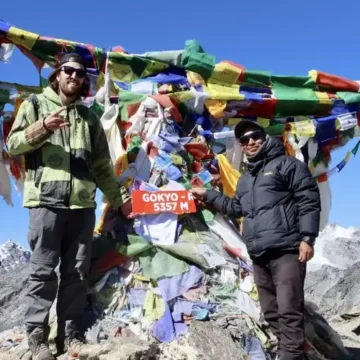
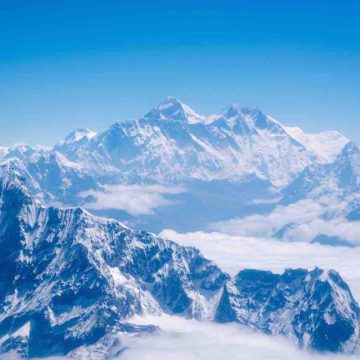
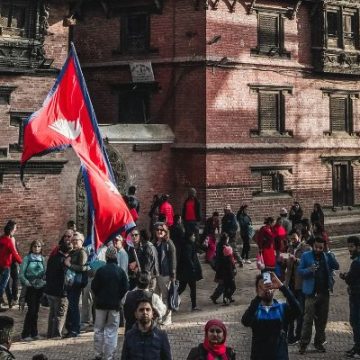
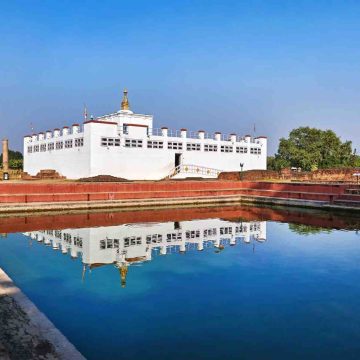
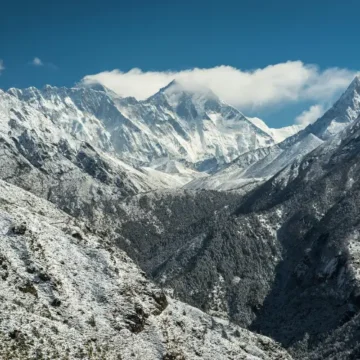


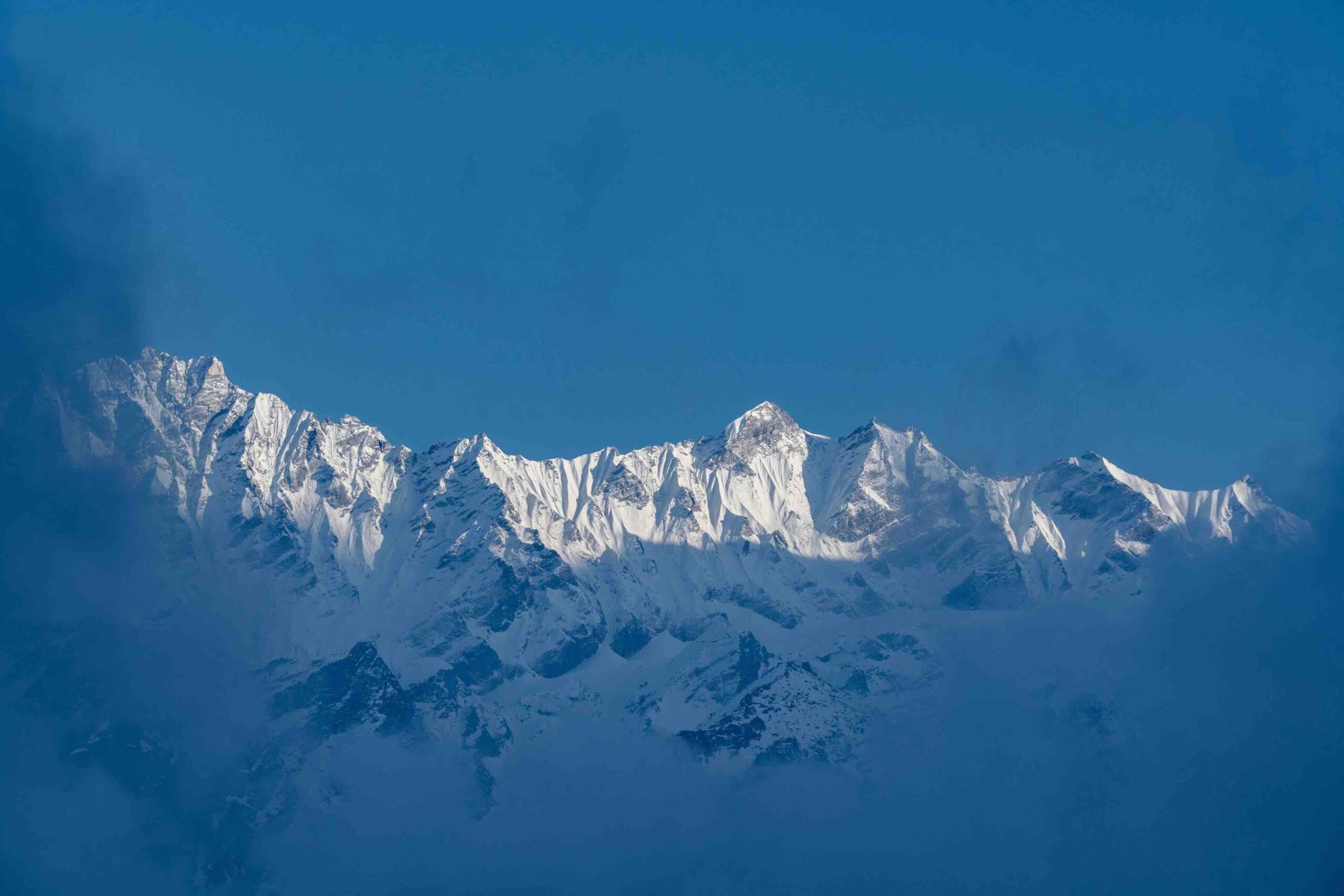






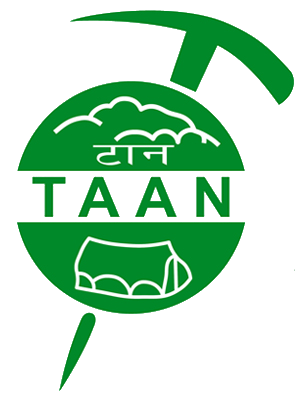


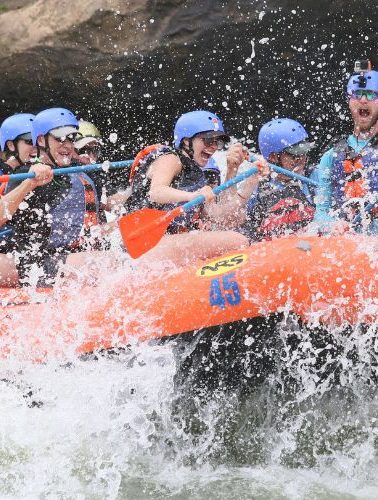
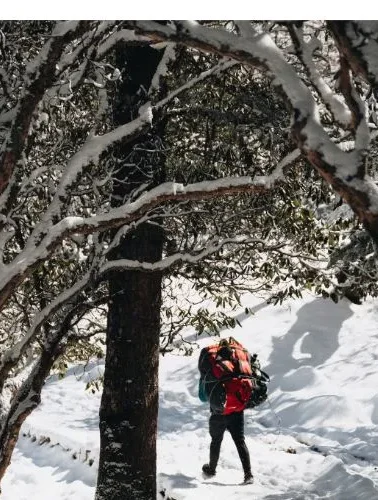
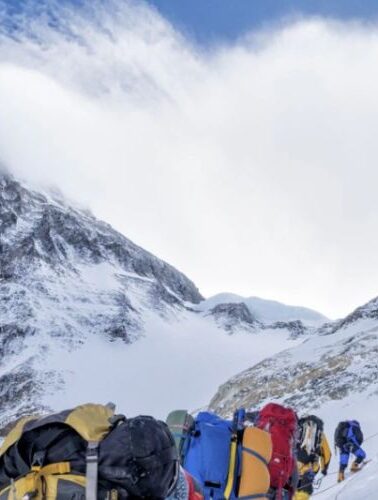
Leave Your Comment